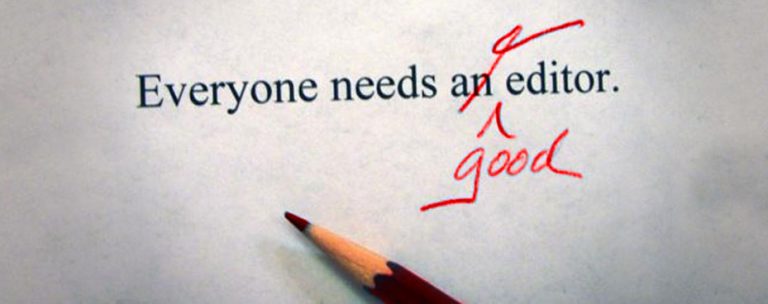Most if not all of us have been known to be serial procrastinators. We put everything off till the last minute and hurry it on the last day. In the end, your copy appears sloppy and reading it becomes a chore.
Well, you don’t have to race to finish an article the last minute if you have planned it properly. Here are some tips to plan a writing schedule that will beat all deadlines, with time to spare.
Plot/Outline
Before you begin writing, have some plot lines for your next article. It can be in bullets or a small paragraph which you write what will be in the article. Plotting gives you an idea of what your article will entail. It als helps you stay in line.
The more you write, the more you are able to gauge how much time this will take. Some have bbn known to do it in hours, while others a week.
Write a rough draft
Give yourself time to write a rough copy of your article. Do this while you are in the zone. It can be when you are walking and inspiration strikes. If you don’t have a pen, record something on your phone. While in the zone, words just flow. Don’t mind the mistakes that need editing at this point. You won’t see them. When you are done, move away from your copy and do other things.
Self-Editing
Start this with a fresh mind. The editing part is the hard part. make sure your copy is devoid of grammatical errors, and other small mistakes you make while writing on a hurry. Edit, Edit and edit some more. When you think you copy has had enough edits, start editing again.
Also, invest in spell checkers like Grammarly.
Beta reading
Someone once said, when you look at something for long, it ceases to become clear. This is true when writing as well. The more you look at your copy, the more mistakes you are likely to miss. you will need a fresh pair of eyes to make sure everything is perfect. This is where beta readers and writers come in.
They read your article from a fresh perspective and see mistakes you did not see. So, whenever you finish writing, have someone else look at it.
Read through
Once you get your copy back from your beta reader, do a readthrough. Read it out loud. It is the best way to catch hidden mistakes. If it doesn’t sound right to your ears, it most likely wont sound right to someone else.
Do you have any more tips you would like to share? Hit us up in the comments section!
